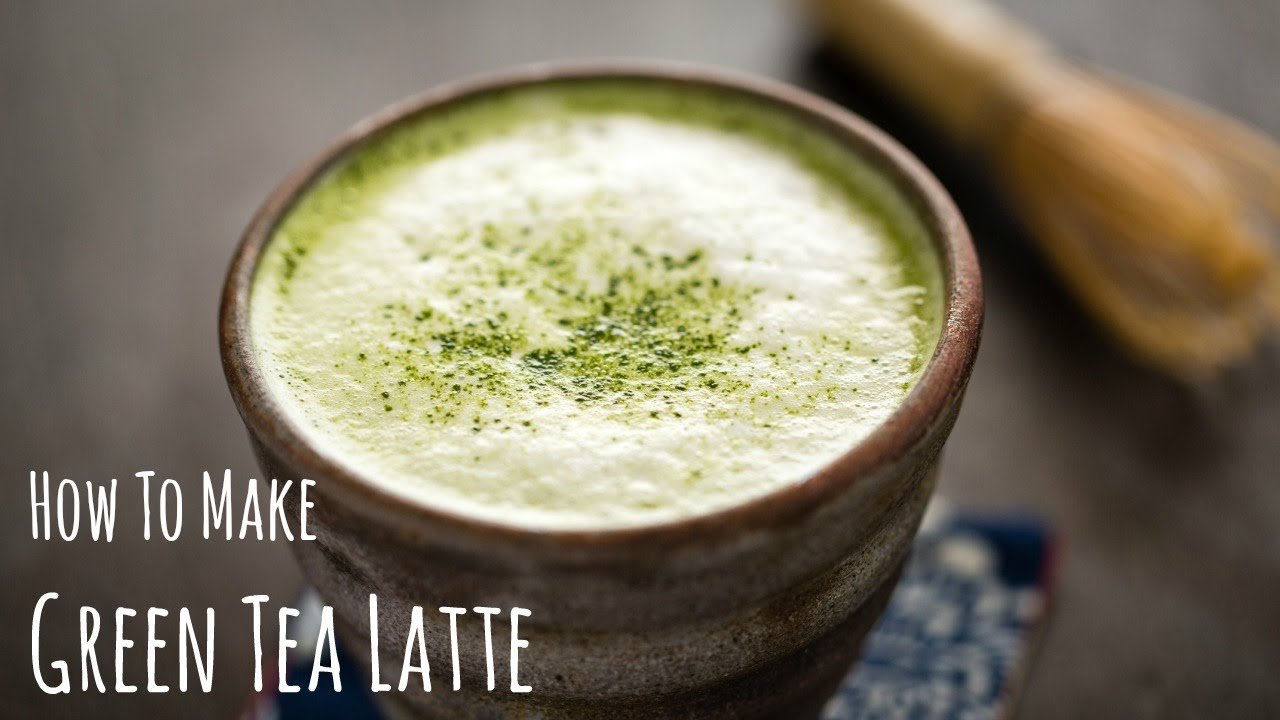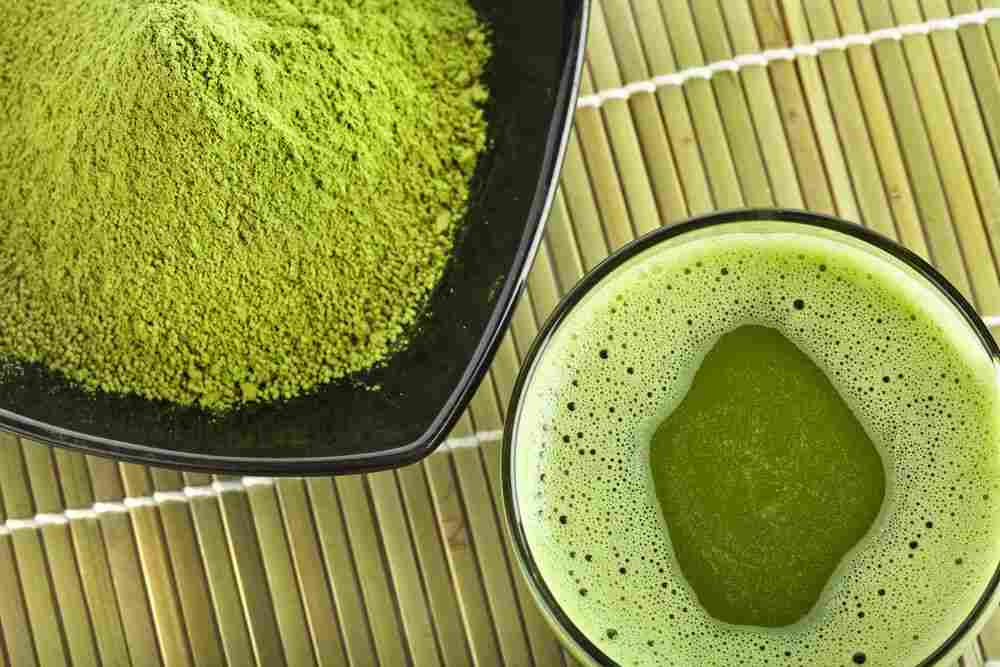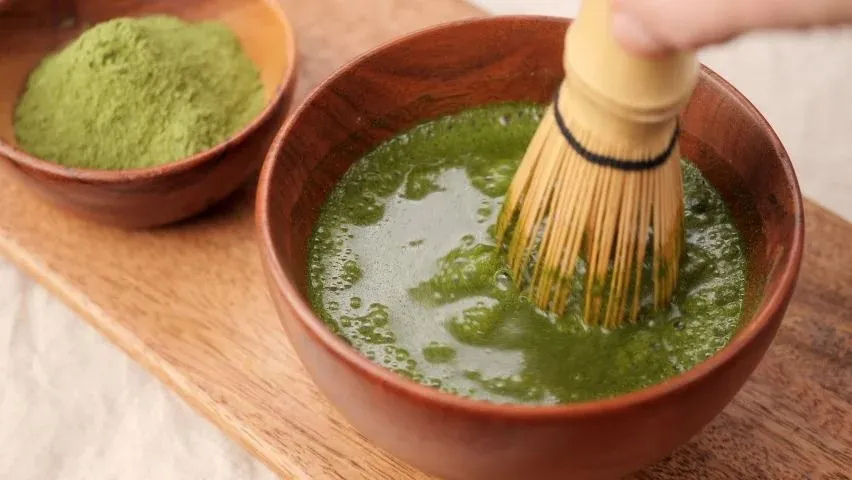Is Green Tea Acidic? Learn how its mild acidity affects teeth, digestion, and acid reflux, plus tips for safer brewing and enjoying its health benefits.
Introduction
Green tea has long been celebrated for its antioxidants, soothing flavour and potential health benefits. Yet a common question arises: “green tea is acidic?” Many people wonder whether sipping this soothing beverage could actually be harsh on their digestion or teeth because of acidity. In this article we’ll explore whether green tea is acidic, what its pH level really is, how brewing and additives influence its acidity, and how any minor acidity may affect your health. By the end, you’ll understand whether green tea’s acidity is something to worry about — or simply a minor factor in your cup of tea.
What Does “Acidic” Mean? Understanding pH and Beverages
| Topic | Explanation |
|---|---|
| Meaning of “Acidic” | Refers to a drink’s pH level—how many free hydrogen ions the liquid contains. |
| pH Scale Range | 0 = very acidic, 7 = neutral, 14 = very alkaline. |
| Risk Threshold | Drinks with pH below 5.5 can increase risks such as enamel erosion and acid reflux. |
| Examples of Strongly Acidic Drinks | Juices, sodas, and some coffees; typically have a pH of 2–4. |
| Why Acidity Matters | Helps determine if a drink may affect health (e.g., acid reflux, tooth enamel, stomach irritation). |
| Meaning Behind “Is Green Tea Acidic?” | The question really asks whether green tea has a low pH and if it may impact health. |
| What Acidity Depends On | pH level, preparation method, brewing time, and added ingredients (like lemon or sweeteners). |

What Is the pH of Green Tea? Evidence & Variations
So where does green tea stand on the acidity scale? Research shows the acidity (or its opposite, alkalinity) of green tea can vary significantly depending on type and preparation. One review found that many teas in general have pH values that vary widely — for example, some black teas were around pH 4.9‑5.5, while one article reported an average pH for green tea loosely between 7 and 10 (which would be neutral to slightly alkaline).
On the other hand, another source shows that green tea may be “mildly acidic” with pH values in the range 4.9 to 5.5 depending on brewing and other conditions.
The variation stems from differences in tea type, leaves, brewing time and water used. In practical terms, asking “green tea is acidic ?” often leads to the answer: the drink may be slightly acidic — but it is far less acidic than many other common drinks. One source concluded that green tea is “mildly acidic, meaning more acidic than water but less acidic than other things you might drink like coffee or red wine.”
So if you’re wondering “how acidic is green tea?”, the key takeaway is: it’s usually near‑neutral to mildly acidic — certainly not strongly acidic like soda or citrus‑based drinks.

Why Green Tea May Be More or Less Acidic: Brewing, Leaf Type, Additives
The acidity of green tea is not fixed. Several factors influence whether your cup will be more acidic (lower pH) or closer to neutral or even slightly alkaline.
Brewing time and temperature: Longer steeping and higher water temperatures extract more acidic compounds (like certain tannins and polyphenols) from the leaves. One analysis found that with longer steeping time the pH dropped further.
Water quality and source: The pH and mineral content of the water you use matters. Hard water (high in calcium/magnesium) can raise the tea’s pH, while softer or more acidic water can lower it. Kyoto Geisha
Tea leaf type and processing: Different varieties of green tea (for example Japanese sencha, Chinese loose‑leaf, blanched or pan‑fired) and how the leaves are processed influence the acidic profile. For instance, some sources suggest matcha may sit closer to pH 7.
Additives or flavourings: If you add lemon, sugar, flavour drops or milk, you change the pH. Lemon juice will significantly lower pH (increase acidity); milk may raise it. So a cup of green tea with lemon may become noticeably more acidic than a plain brew.
In other words: even if “green tea is acidic” is technically true in some preparations, you can control many of the factors that push it more acidic or more neutral.

Health Implications of Green Tea’s Acidity
| Topic / Aspect | Summary |
|---|---|
| Acidity of Green Tea | Green tea is mildly acidic; for most typical home brews, the acidity is low and not harmful. |
| Teeth & Enamel Erosion | Drinks with a pH below 5.5 can contribute to enamel erosion. Some studies show green tea at 4.9–5.5, so there is a theoretical risk, but home-brewed green tea is generally less damaging than soda or fruit drinks. |
| Acid Reflux / Digestion | Moderate-brewed green tea is less likely to trigger acid reflux and is considered safer for people with GERD. Strong brewing, adding citrus, or drinking on an empty stomach can trigger symptoms. |
| Comparison With Other Drinks | Green tea is less acidic than coffee and soda. One article noted black tea at pH ~4.9–5.5, while in one scenario green tea appeared around ~7–10, making it a gentler option. |
| Overall Health Benefits | Despite mild acidity, green tea provides antioxidants such as EGCG. The acidity should not overshadow its benefits, but careful brewing is recommended for those with dental or digestive concerns. |

Tips to Minimise Acidity When Drinking Green Tea
If you like the taste and benefits of green tea but worry about acidity (for example you have sensitive teeth or stomach), here are practical steps to keep the drink gentler:
- Use a shorter steep time (e.g., 2–3 minutes) and slightly cooler water (80‑90 °C rather than boiling). This extracts fewer acidic compounds.
- Use filtered or mildly alkaline water if possible — avoid very soft or highly acidic water which may lower the pH of the brew.
- Avoid adding lemon, high‑acid flavourings or mixing with citrus if your goal is to keep acidity low. Instead, flavour lightly or use milk if acceptable.
- Drink your green tea with or after a meal, rather than on an empty stomach, especially if you have acid‑reflux concerns.
- Choose milder green tea varieties (for example roasted types or older leaves) which may produce a less sour / less acidic cup. Some sources mention teas like bancha, hojicha as gentler.
By making these adjustments you reduce the likelihood that your tea becomes “high‑acid” in effect — even though yes, green tea is acidic to some degree.

FAQ
Q1: Is green tea acidic for your stomach?
Generally no — moderate consumption of green tea is unlikely to harm your stomach simply because “green tea is acidic”. Its acidity is mild compared with many drinks. That said, if you brew it very strong, add lemon or drink it immediately on an empty stomach and you’re prone to reflux, you may experience discomfort.
Q2: How acidic is green tea compared with coffee?
In many cases green tea is less acidic than coffee. For example one review found black tea pH ~4.9‑5.5 and coffee ~5.3, while green tea in some tests came closer to neutral (~6.5‑7 or even slightly alkaline) depending on preparation.
Q3: Can green tea cause acid reflux because it is acidic?
It’s possible in sensitive individuals, but not common. Because green tea is only mildly acidic and often less so than other beverages, it’s usually safer for reflux. Still, factors like brewing strength, additives (citrus), and drinking on an empty stomach can increase risk.
Q4: Will green tea erode tooth enamel because it is acidic?
To some extent, any acidic drink can contribute to enamel erosion over time if consumed frequently and held in the mouth for long. Since green tea’s pH can dip into the ~5‑5.5 range in certain conditions, it’s wise to not hold the tea in your mouth, rinse with water, or drink with meals to reduce contact time.
Q5: How can I make green tea less acidic?
Use shorter steep time, lower water temperature, avoid strong flavourings like citrus or sweet syrups, use filtered water, and choose milder tea types. These all help keep the brew closer to neutral pH.
Conclusion
So, to answer the question “green tea is acidic?” — yes, but with important caveats. The acidity of green tea is typically mild and close to neutral, especially when brewed in common ways. While in some conditions it may dip into more acidic pH ranges (around 4.9‑5.5), it is still far less acidic than many fruit juices, sodas or even strong coffee. For most healthy people, the slight acidity of green tea is unlikely to cause problems — and when you balance brewing technique, water quality and additives, you can easily enjoy a gentler cup.
If you have sensitive teeth, acid‑reflux issues or digestive concerns, apply the tips above and you’ll likely be able to enjoy green tea with confidence. Ultimately, the benefits of green tea’s antioxidants, calming ritual and flavour make it a strong choice — and its acidity shouldn’t stop you from enjoying your next cup.





